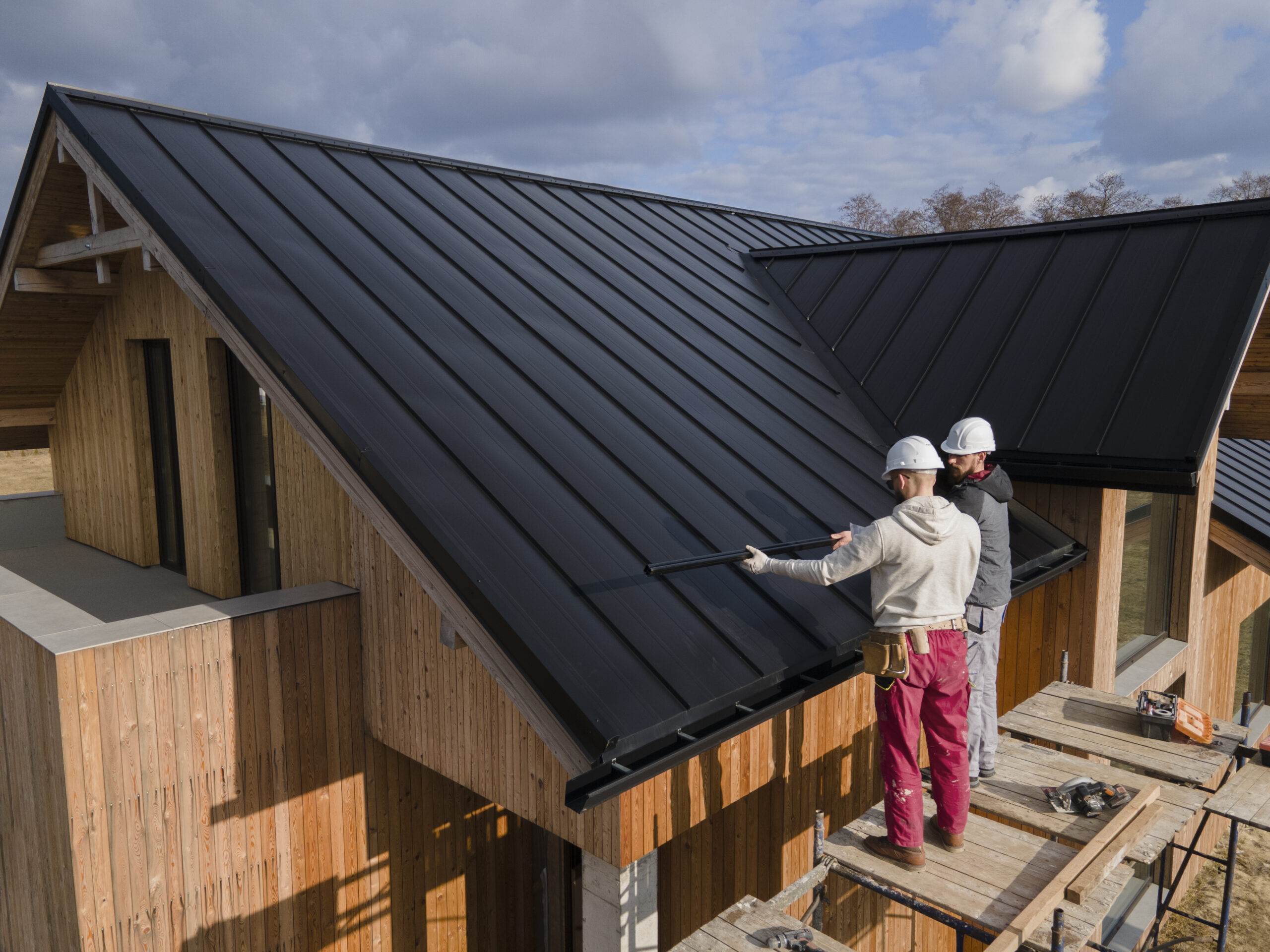The Creepy Drip-Drip Above
Ever heard that eerie drip-drip sound coming from your ceiling on a quiet night? No, it’s not a ghost—it’s condensation. And while it might seem like a minor nuisance, that sneaky moisture trapped in your roof can lead to serious trouble if left unchecked.
Why You Shouldn’t Ignore Roof Condensation
Think of condensation like a silent saboteur. At first, it’s just a bit of dampness. But give it time, and it’ll invite mould, ruin your insulation, damage electricals, and even compromise your roof’s structure. Let’s dive deep into why roof condensation happens and how to keep your home dry and damage-free.
Understanding Roof Condensation
What Is Condensation, Really?
At its core, condensation is simply water changing from vapour to liquid. It happens when warm, moist air hits a cold surface—just like your bathroom mirror fogging up after a steamy shower.
The Science Behind Roof Moisture
So, why does your roof care? Well, warm air naturally rises, and in our homes, it carries moisture with it—from cooking, showering, even breathing. When that warm air reaches your cold roof deck, particularly in winter, it cools down. Fast. And just like that—boom—tiny droplets of water form.
Warm Air Meets Cold Surfaces – A Classic Collision
If your roof is well-ventilated, those droplets usually evaporate. But when ventilation is poor or insulation is lacking, those drops settle in, building up into a soggy nightmare.
Main Causes of Roof Condensation
Poor Ventilation – The Silent Offender
One of the top culprits? Lack of proper airflow. If your roof can’t “breathe,” moisture has nowhere to go. Instead, it clings to the structure, seeping into insulation and woodwork.
Inadequate Insulation – A Warm Invite for Moisture
Thin or poorly installed insulation lets warm indoor air travel up into the attic or roof space. And when that warm air hits the cold roof surface… well, you know the drill.
Flat Roofs and Airflow Limitations
Flat roofs are notorious for trapping air. Unlike pitched roofs, they don’t allow natural circulation, making it tougher for moist air to escape and easier for condensation to build.
Broken or Inefficient Exhaust Fans
Exhaust fans in kitchens and bathrooms are supposed to carry moisture out of your home. But if they’re broken or venting into the attic instead of outside, you’re just funneling damp air into your roof space.
Everyday Activities That Add Moisture Indoors
You’d be surprised how much moisture everyday life adds—cooking, washing, drying clothes indoors. Without proper ventilation, all that steam hangs around and heads for the roof.
Common Signs of Roof Condensation
Damp Patches and Water Stains
Notice dark, wet spots on your ceiling or in the loft? That’s likely condensation rearing its head.
The Musty Smell of Trouble
That earthy, stale smell in your attic or upper rooms is a clear red flag—moisture is settling in, and mould may be on the way.
Mould, Mildew, and Muck
Condensation creates the perfect breeding ground for mould. It’s not just unsightly—it’s a health hazard.
Rotting Wood and Rusting Nails
Trapped moisture can start breaking down the very bones of your roof. Wood begins to rot, nails rust, and structural integrity goes out the window.
Paint and Wallpaper Peeling Away
As condensation travels down from the roof, it can cause paint to bubble and wallpaper to peel—ugly and expensive to fix.
Dripping from Ceilings or Loft Boards
By the time it’s dripping, the problem’s already pretty serious. This isn’t just surface condensation—it’s soaked in deep.
The Consequences of Ignoring Condensation
Structural Damage and Rot
Long-term exposure to moisture can weaken beams, joists, and rafters, potentially leading to sagging ceilings or worse.
Health Issues – Breathing in the Bad Stuff
Mould and mildew don’t just smell—they release spores that can trigger allergies, asthma, and respiratory problems, especially in children and the elderly.
Electrical Hazards from Water Infiltration
Water and wiring don’t mix. Condensation near light fittings or sockets can lead to dangerous short circuits and potential fire risks.
Decreased Property Value
A roof with condensation issues is a major red flag for buyers. Addressing it now means fewer headaches when it’s time to sell.
Prevention is Better Than Cure
Proper Insulation: The First Line of Defence
A well-insulated roof helps maintain consistent temperatures and stops warm indoor air from escaping to the cold roof deck. Think of it as a cosy blanket for your home.
Effective Ventilation Strategies
Roof vents, soffit vents, ridge vents—these allow fresh air to circulate and push damp air out. Without them, your roof’s just a giant moisture trap.
Fixing or Replacing Exhaust Fans
Make sure all exhaust fans vent to the outside, not into the attic. Clean them regularly and replace them if they’re weak or noisy.
Dehumidifiers and Moisture Control
For homes in particularly damp climates, a dehumidifier can be a game-changer. It sucks excess moisture out of the air before it reaches the roof.
Regular Roof Inspections and Maintenance
Schedule annual checks. Look for signs of wear, clogged vents, or insulation gaps. Early intervention saves money and stress later.
DIY vs Professional Help
What You Can Do Yourself
You can improve ventilation, check fans, and even top up insulation in some cases. Plus, using a hygrometer helps track indoor humidity levels.
When to Call in the Experts
If you see structural damage, electrical issues, or persistent mould, don’t DIY it—get a pro. Roofing experts and surveyors can identify deeper problems and fix them safely.
Final Thoughts on Roof Condensation
Taking a Proactive Approach
Roof condensation isn’t just about a damp patch—it’s about protecting your home from long-term damage. With a few simple tweaks and a bit of awareness, you can nip it in the bud.
A Dry Roof is a Happy Home
Like a good umbrella in a storm, your roof should keep everything underneath dry and safe. Give it the attention it deserves, and it’ll serve you well for years.
FAQs
How do I know if my roof has condensation or a leak?
Condensation usually appears in colder weather and forms evenly across surfaces, while leaks tend to cause localised water damage or dripping during rain.
Is roof condensation dangerous?
Yes. It can lead to mould, structural damage, and even electrical hazards if left untreated.
Can I fix roof condensation without replacing the roof?
Absolutely! Most condensation issues can be fixed through better insulation, improved ventilation, and small repairs—not full replacements.
How often should I inspect my roof for condensation?
Ideally, do a visual check every season and a professional inspection once a year—especially before and after winter.
Will better insulation stop condensation completely?
Insulation helps a lot, but it’s most effective when paired with proper ventilation and moisture control strategies.




